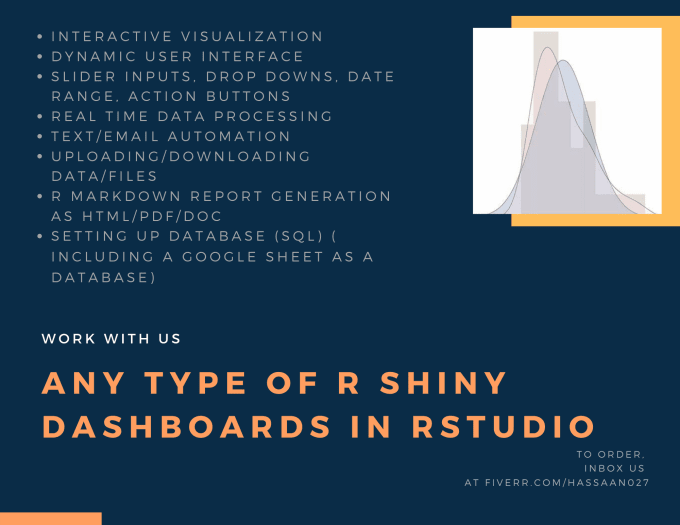

These web applications seamlessly display R objects (like plots, tables etc.) and can also be made live to allow access to anyone. The ease of working with Shiny has what popularized it among R users.

Shiny is an open package from RStudio, which provides a web application framework to create interactive web applications (visualization) called “Shiny apps”. Creating Interactive Visualization for Data Sets.Creating the data flow (Writing “server.R”).Creating User Interface (Writing “ui.R”).Note: This article requires basic knowledge of R language. And am sure by the end of this article you will be able to create Shiny apps yourself. To provide you a hands on experience on creating Shiny Apps on your own I will be using the Loan Prediction III Practice Problem. This article will provide you a good understanding n how shiny apps work and how they can be useful. Today, I will walk you through all the steps involved in creating a shiny app as well as deploying it online to make it accessible to everyone. The best part about shiny is that you don’t need any knowledge of HTML, CSS or JavaScript to get started. It provides a very powerful way to share your analysis in an interactive manner with the community. It is an open package from RStudio, used to build interactive web pages with R.

If you use R, chances are that you might have come across Shiny. Also, it is very difficult to create an interactive visualization for story narration using above packages. These problems can be resolved by dynamically creating interactive plots in R using Shiny with minimal effort. If I talk specifically about R, it provides three plotting systems:īut, writing codes for plotting graphs in R time & again can get very tiring. There are several tools for visualizing data such as Tableau, Qlik, Dygraphs, Kibana etc. The curve awakens the imagination.ĭata visualization plays a vital role in life of a Data Scientist. It is easier to visualize complex data and relationships than deciphering them from spreadsheets / tables. The profile of a curve reveals a whole situation in a flash – history of an epidemic, a panic or an era of prosperity.


 0 kommentar(er)
0 kommentar(er)
